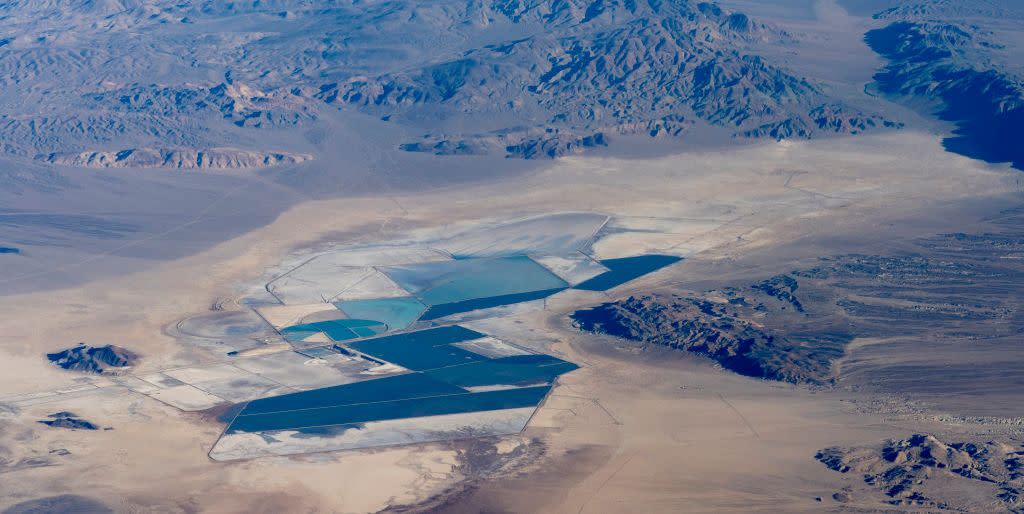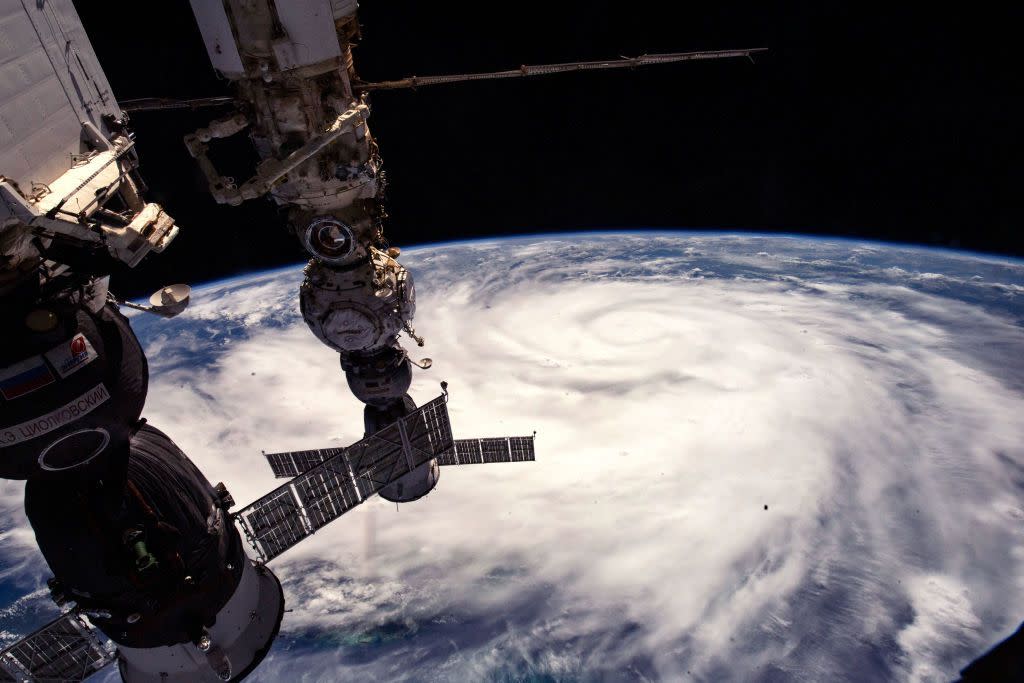NASA Blocks Lithium Mining Near Its Satellite Site

NASA and the Bureau of Land Management have agreed to remove a 36 square mile portion of eastern Nevada desert from the federal government’s current list of lands open to mining activities. This area is chock full of lithium needed to make electric vehicle batteries, but NASA doesn’t want automakers or their suppliers anywhere near its satellite calibration area.
According to a report from Autoblog, the plot of land in question is a section of ancient lakebed 250 miles or so northeast of Las Vegas. The site itself has remained incredibly consistent over the decades, thanks in no small part to its isolated and industry-free location. NASA argues that no other site in the western hemisphere is as flat and undisturbed as this plot, which makes it an invaluable asset for satellite calibration. The unchanging surface allows for precise measurements from satellites using time traveled and radio signals onboard to create “absolute radiometric calibration” of the device’s sensor array. The site has been used by the space agency to fine-tune satellite applications for more than thirty years. Without the accurate measurements and programming allowed by the site, satellite calculations related to weather and natural disaster forecasts, national security and more could be impacted. Many of these satellites are actively investigating the issue of climate change that EV companies are aiming to combat.
“As our nation becomes ever more impacted by an evolving and changing environment, it is critical to have reliable and accurate data and imagery of our planet,” said Mark Moneza of Planet Labs, a San Francisco-based satellite imaging company. According to Autoblog, Planet Labs has used the Nevada site to calibrate more than 250 of its own devices since 2016.

That’s not to say that everyone is happy that NASA and BLM are pulling rank in the Nevada desert. Republican Rep. Mark Amodei filed legislation earlier this month in an effort to reverse the BLM decision, citing the “hypocrisy” of the Biden Administration as the basis. The company with the mining claims for the area, 3 Proton Lithium Inc, claims the deposit under the site is one of the 10 largest in the world. Chairman Kevin Moore also claims that the withdrawn tract makes up about a third of their initial land area, and contains 60 percent of the value of said claims. This is the result of the deepest and most valuable deposits on the site being located beneath the satellite facility. Both Moore and Amodei testified to the House Resources Subcommittee on Mining and Mineral Resources last week
“This project is a vital part of transitioning to a green economy, creating good-paying American jobs, combating climate change, ending America’s over-reliance on foreign adversaries and securing a domestic supply chain for critical and rare earth minerals,” said Moore.
The push to source more EV battery materials from within the United States is going to come with some challenges. Companies all across the country are looking for ways to increase lithium production at the nation’s concentrated sites, with many more fights to take place across the Southwest in the coming years. Managing where mines are constructed and the impact they’ll have on other local industries will play an important part in those discussions. It’s just a hard argument to make when the other guys are a space-faring bunch.
You Might Also Like
